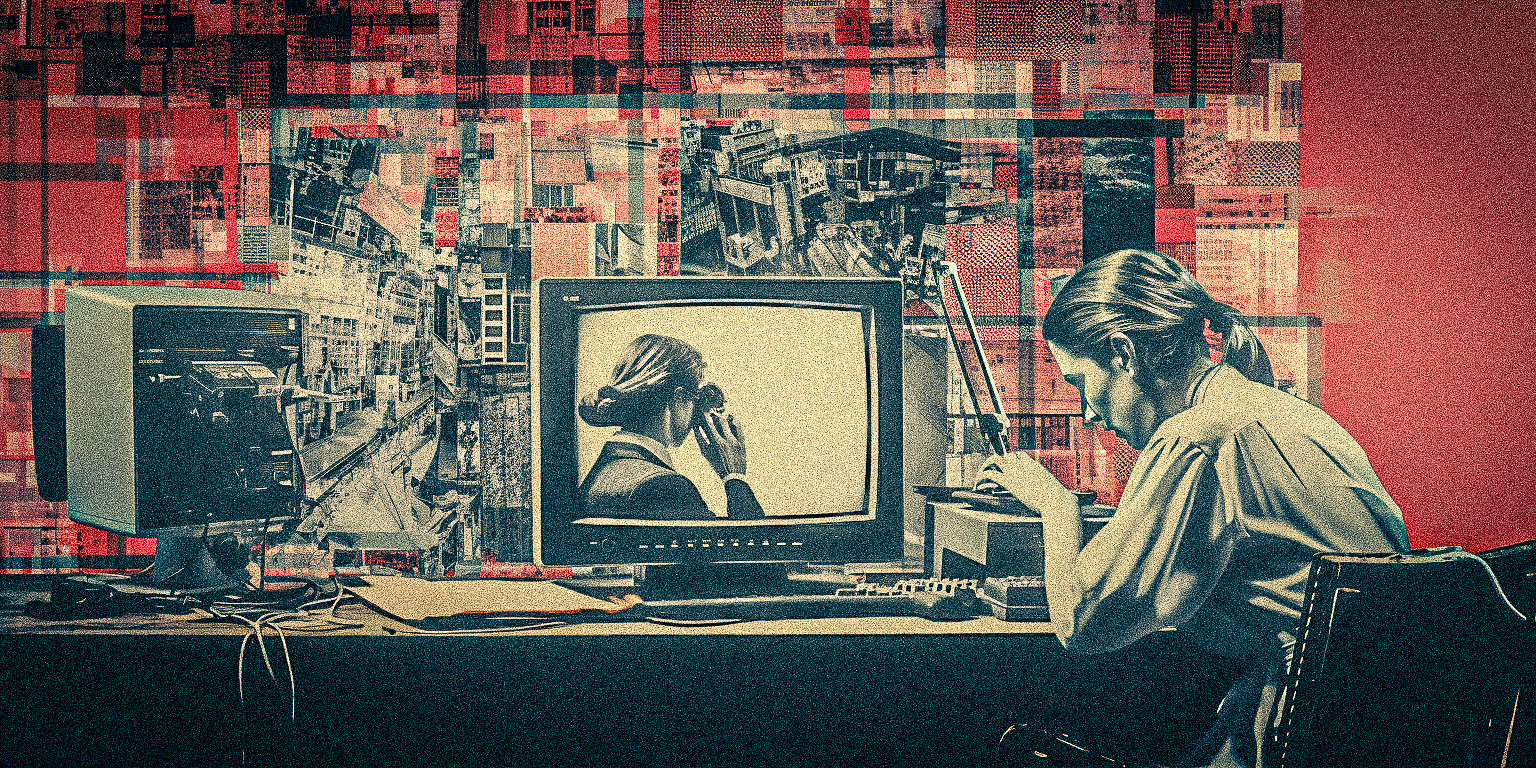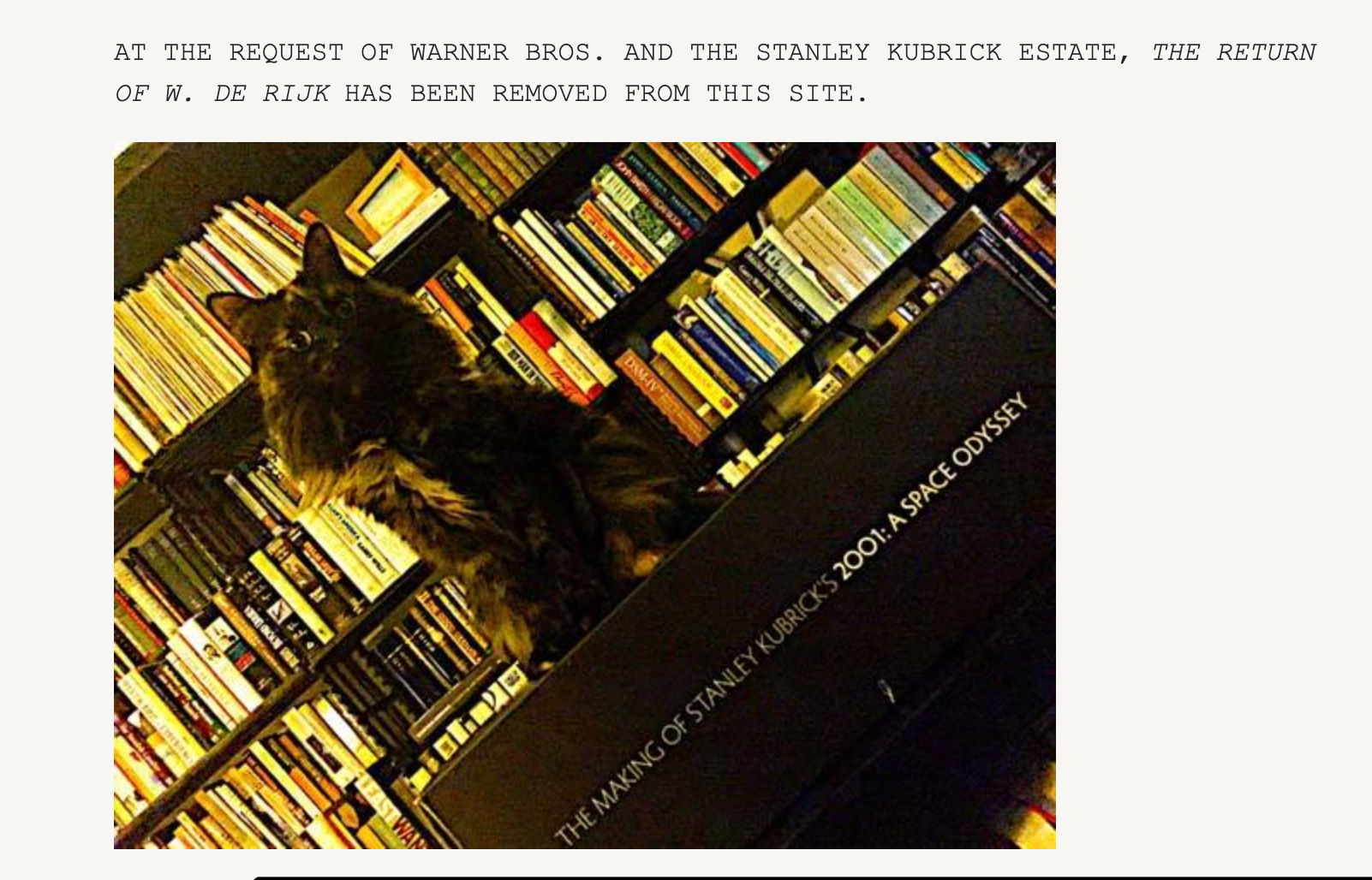
note
a diy editing bootcamp through videographic exercises
AKA learning editing by massacring existing media
Editing theory is fascinating to read about on its own, but rarely if ever translates into practical skillsets by just sitting and thinking about it. For as much as you can learn about editing on the surface, true editing intuition is only developed by dedicated time slingin’ frames.
But if you’re not a working editor already, or don’t have a project you’re involved in, how are you supposed to practice and develop that intuition?
The common answer I see to this is that people should be producing and editing their own videos, which is a great recommendation. But we also have to recognize how many people are not interested in fully producing their own work, and are more interested in in using editing to shape and enhance the work of others. And that’s what real editing thinking is: learning how to craft the narrative of out of a mess of media given to you.
Another option, then, is to consider one of several “edit stock” providers. I like the one quite literally named EditStock though in honesty there don’t seem to be many of these services out there, unfortunately. They allow you to purchase “editorial projects” of entire short film & video projects, including all of the original production dallies. These are wonderful for being able to get a feel for working through a conventional project you might be looking to work on in the future. And since you get full scene coverage with these project, you get experience with having to choose between different takes to find the most impactful delivery from an actor, which is one of the toughest intuitions to develop and hardest to find assets for.
But even then, the price of those projects might be out of reach or maybe you want something more… experimental. Well this is where one of my longstanding beliefs comes in: the best DIY editing education is to rip up existing work and put it together again.
A Tapestry of montage
In the 1920’s, a collective of Soviet filmmakers without adequate access to fresh film and development labs began studying the effects of working with found footage from newsreels, discarded films, and test strips. Chief among their concern was not the content of the shot itself, but how to create a Sequence of shots that conveys something more than the sum of its parts. This little period of experimentation from existing material laid the foundation for Montage Theory.
If ripping up existing media and putting it together anew was enough to lead to one of the most influential concepts in motion picture history, shouldn’t it be enough for us to learn and grow individually as well?
The bizarre world of fan edits
Taken to the extreme, this practice of destroying and forming a montage of new work doesn’t just have to apply just to small experiments, but for feature-length films too.
I think we’re all pretty familiar at this point with the idea of super-fans making fan edits to restore justice in some cinematic universe they admire. (Some of these are actually really impressive too, I recommend looking into it more) But what I’m more interested in here are people who re-edit films in order to explore them in a new light, to tease out elements or form new meanings in subtle and dramatic ways. These films aren’t for anyone but their creators themselves.
And would you believe it, one of the shining lights in this space is Steven Soderbergh. Somehow, in between what seems like a never ending stream of new films of his own and writing dumb takes about cellphones in cinema, he’s makes fan edits and puts them up over on his blog.
It turns out he’s done a handful of these, and unlike superfan fan edits which might be trying to subtly “fix” a movie, Soderbergh’s fan edits take an approach I love which is to really fnudamentally dissect aspects of a film and frankenstein them together with other references or impose really strong limitations and constraints to understand a film differently.
Take for instance Raiders (2014) which converts Raiders of the Lost Ark into stark black & white color and replaces the entire soundbed with Trent Reznor’s electronic score from The Social Network.
Or Psychos (2014) in which he intercuts Alfred Hitchcock’s Psycho with Gus Van Sant’s remake, switching between them from scene to scene or even within a scene and plays around with the juxtaposition of color versus black & white.
Strangely, despite the prolific recuts and fan edits, Soedrbergh seems to have been pretty outspoken about copyright piracy an the internet. Via a 2009 NY Times Article:
Weird thing for him in particular to be outspoken about… But hey, at least he seems to respond to takedown requests of his own edits containing copyrighted material, as seemed to happen with his 2001: A Space Odyssey piece.

The videographic exercises you should be doing
Okay so hopefully by now you’re convinced you don’t need to wait around for a project to take on to begin practicing flexing your editing intuition. Where’s a good place to start?
Last year I came across “The Videographic Essay: Practice and Pedagogy” by Christian Keathley, Jason Mitchell, and Catherine Grant as which emerged from their work at Middlebury College’s Scholarship in Sound & Image. All of this research is really interesting for those interested in the development of videographic essays & criticism as an independent discipline, but I feel that the series of student exercises on their website are really great for anyone who is looking to think about media in new ways and discover new editorial patterns to ultimately shape a distinctly personal and polished editing style.
The rest of this I will use to document my own experience completing the videographic exercises, and if you’re looking for opportunities to practice creative editing outside of a scoped project I highly recommend you give them a go.
Videographic PechaKucha
For my PechaKucha, I used the film What Happened Was… (1994) and juxtaposed an audio clip about the experience of getting to know someone on a date with clips depicting different stages and a contrasting ending to that of the audio.
Voiceover
Look normally when I have to record voiceovers I’m recording like software product walkthroughs, so if I’m gonna do a personal voiceover I’m gonna make it Personal. For my media object I used A Ghost Story (2017), a film I love so much I have a little sheet ghost guy tattooed on my forearm. A Ghost Story is fundamentally a film about the enormity of time and the way place and memory persist despite an endless stream of forms moving through them.
To accompany this, I wanted to explore another passion, the entropic hauntedness of the internet and the messages left from the past scattered throughout it.
Videographic Epigraph
Typographic design & video editing??? SIGN ME UP.
For my media object, I used Koganada’s cozy sci-fi flick After Yang (2021), specifically a scene in which the audience, though point-of-view, is exploring an archive of memories cataloged as important by Yang, a family’s humanoid robot assistant, thereby lending him more depth as a being with emotion and formative experiences.
I contrasted this with text from a critical analysis of Blade Runner, which examines the inhumane emptiness the exists in the Limbo of the lives of Replicants.